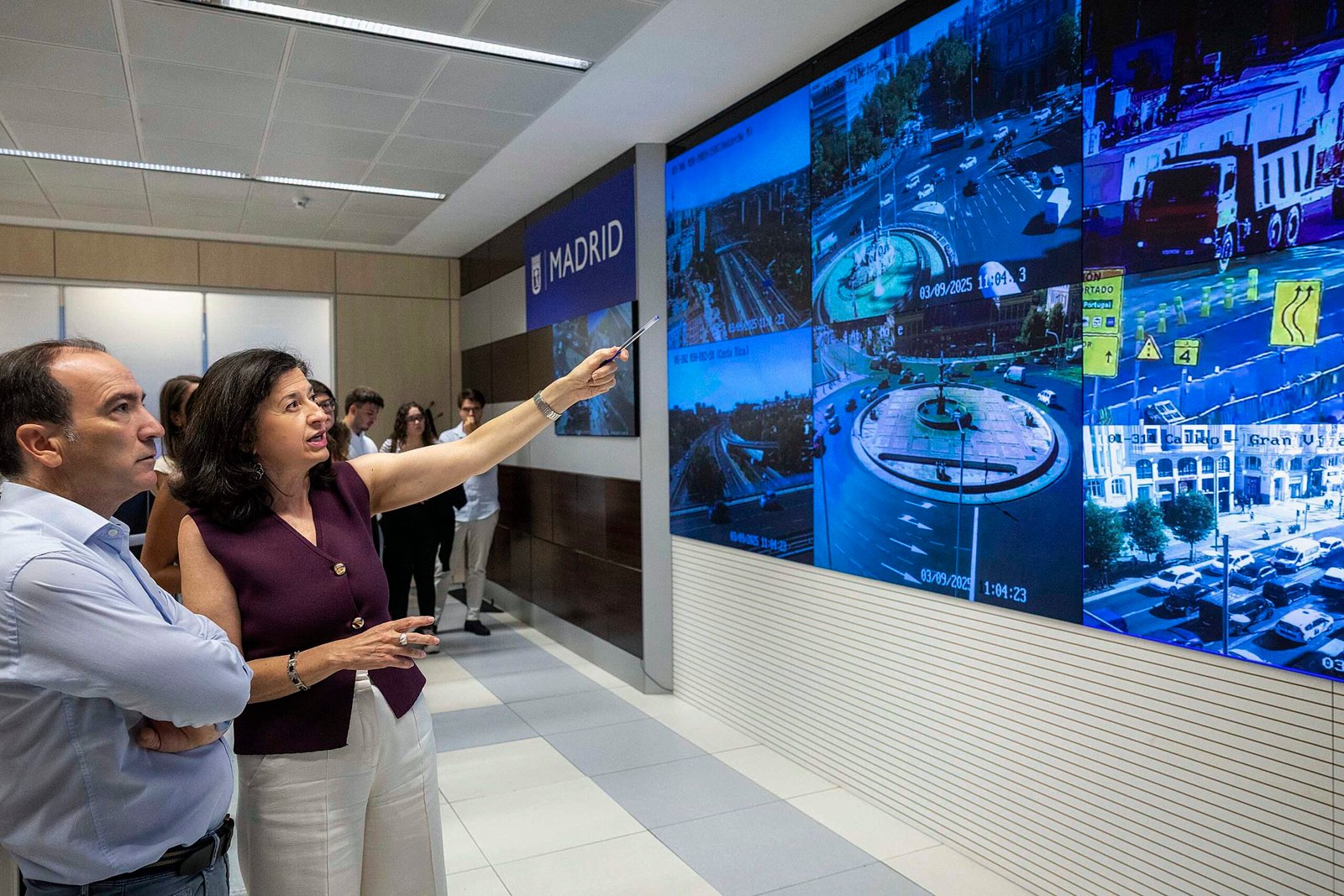The Governing Board has initially approved the special plan for the regularization of public use open spaces in the Loyola and Virgen de la Inmaculada colonies, in the Carabanchel district, as reported by the Deputy Mayor, Inma Sanz, at a press conference.
The Municipal Housing and Land Company of Madrid (EMVS Madrid) is already carrying out a first phase of urbanization works in this area. The new special plan promoted by the Housing Policies Area will make a second phase feasible that will complete the new residential area with an accessible route for fire extinguishing vehicles and will enable urban regeneration works in the interblock spaces. These improvements will address criteria of habitability, sustainability, accessibility, security, efficiency, and social cohesion.
The area, consisting of the Loyola Colony in the north and the Virgen de la Inmaculada Colony in the south, has an area of 97,314 square meters.
From interblock spaces to regenerated areas for citizens
This special plan aims to regularize the urban spaces between blocks, allowing for their regeneration. According to their characteristics, it classifies the spaces for their dotational use as public roads with categories of road network (for access to the portals) or residential area (for pedestrian spaces). Those privately owned are classified as general use open spaces (ELUG) if they serve as a passageway, host municipal services, or are maintained with the participation of the City Council.
The plan also foresees making changes in dotational plots so that the classifications are more in line with the functional destination of these spaces. This redefinition translates, for example, into the new designation as a green area for land that the Madrid Urban Development General Plan (PGOUM) classified as basic equipment or in the improvement of the current sports court located in an area classified by the PGOUM as a basic green area. All changes aim to achieve a regeneration of the colonies that enhances the identity of these neighborhoods. /



